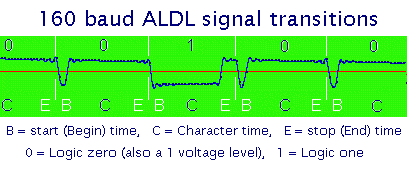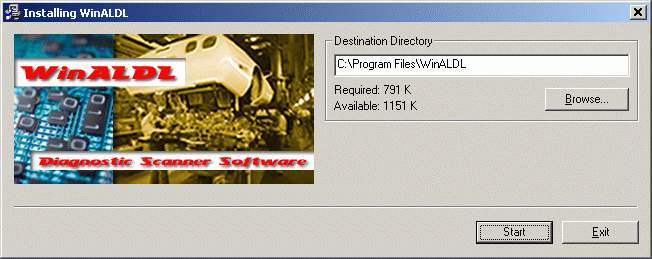

Manufacturers have, I believe, gone the wrong direction for a number of years. I’m not sure if the booster was working as intended or if it was basically performing water injection, but would like to test more and see about tuning it. I read about hydrogen boosters some years ago and feel there could be some bolt-on benefit gained by them (my own experiment showed an improvement from ~25mpg to 50mpg in a Kia Optima). I want to experiment with different fuel mappings for different driving styles with an aim towards high fuel efficiency (because efficiency trumps emissons).
#ALDL SOFTWARE SOFTWARE#
Im sure two of the GPI/O’s on the M2 could work great with 160baud and 8192 baud…but i doubt the Macchina team would want to put much effort into writing software for it (understandably)…so you’d be on your own writing an Arduion program to interface. Plenty of info out there about it though, if you google it. Obviously the refresh rate was painfully slow, and there was only about 25 PIDs, but considering they introduced it in the early 1980’s, it was impressive for the times.Ĩ192 is bi-directional, but as far as I know, its still request-driven and there are some annoying/complex master-slave relations to work through…so its a little trickier to work with and reverse engineer than the later J1850 and CAN… The ECM could only output info to a scan tool. 160-baud came first obviously, and was uni-directional.

160 baud, and 8192 baud.īoth of your GMC’s are TBI…the '89 is definitely 160-baud. There are two different versions of “ALDL” that GM used. Not to mention would require minimal additional hardware to make work assuming the M2 can trigger a digital input on 4 volts or higher.Īnd since some vehicles with J1850 or possibly even canbus still contain ALDL data buses it could make things easier if all is included in same device. I can see value in it since it could be included in the new Lawicel V2 protocol and be used with common utilities. And then again if a $10 interface already works with it does it make sense to add to the M2. Not sure how far back GM’s used the ALDL protocol but I know my '94 has it and as late as the Pontiac GTO used it to communicate within the vehicle and possibly others newer.

if the M2 triggering voltage for the input is 4 volts or more I could likely just use a diode to protect the ALDL from the 12 volt outputs of the M2 and use a resistor to drop the M2’s 12 volts to the desired voltage of the ALDL.īut again, not worth doing if there is no desire for it. The main issue I see with this is the difference in voltage. To make work with the M2 I could use 1 pin as I/O or use combo of 2 pins with one being in and the other being out.

I have seen mention that ALDL runs at 7 volts but apparently 5 volts is close enough if people are using TTL -> USB adapters. Since it will run off a standard TTL -> USB adapter at roughly 8192 baud with the RX/TX lines combined I have to believe it could be done with the M2. Since it looks like I will be getting involved in getting the J1850 VPW support going I am curious if there would be any interest in ALDL support? This would be GM’s pre 1996 ODBI protocol.


 0 kommentar(er)
0 kommentar(er)
